
The Suburban Shingleback
Line Drawing - Scale 1:1 @A2
Line Drawing
Jirdarup Bushland - Derbarl Yerrigan Walk
Shingleback Life Cycle Diagram
Shingleback Daily Activities Diagram
Shingleback Information and Habitats
Site Analysis - General Information
Site Analysis - Shingleback Specific Information
Site Analysis - Constraints
Site Analysis - Strengths
Site Analysis - Habitat Quality and Movement
The Problems
Design Principles and Solutions
Overall, Shingleback Educational Trail and Backyard Trail Strategy
Strategy 1 (Small) - Recommended Backyard Enhancements
Strategy 2 (Medium) - The Shingleback-Yard Trail
Strategy 3 (Large) - A Tale of 2 Shinglebacks
Masterplan
Focus Area 1 - Shingleback-Yard
Focus Area 2 - Kensington Secondary School Shingleback Garden
Roadside Verge and Bobtrail Details
Planting Strategy - Bassendean Vegetation System
Planting Strategy - Spearwood Vegetation System
Planting Strategy - Vasse Vegetation System
Suburban Shingleback
The
Contents
1. 2. 3. 4. 5. 6. 7. 8. 9. 10. 11. 12. 13. 14. 15. 16. 17. 18. 19. 20. 21. 22. 23.
The Suburban Shingleback


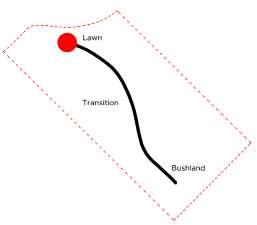

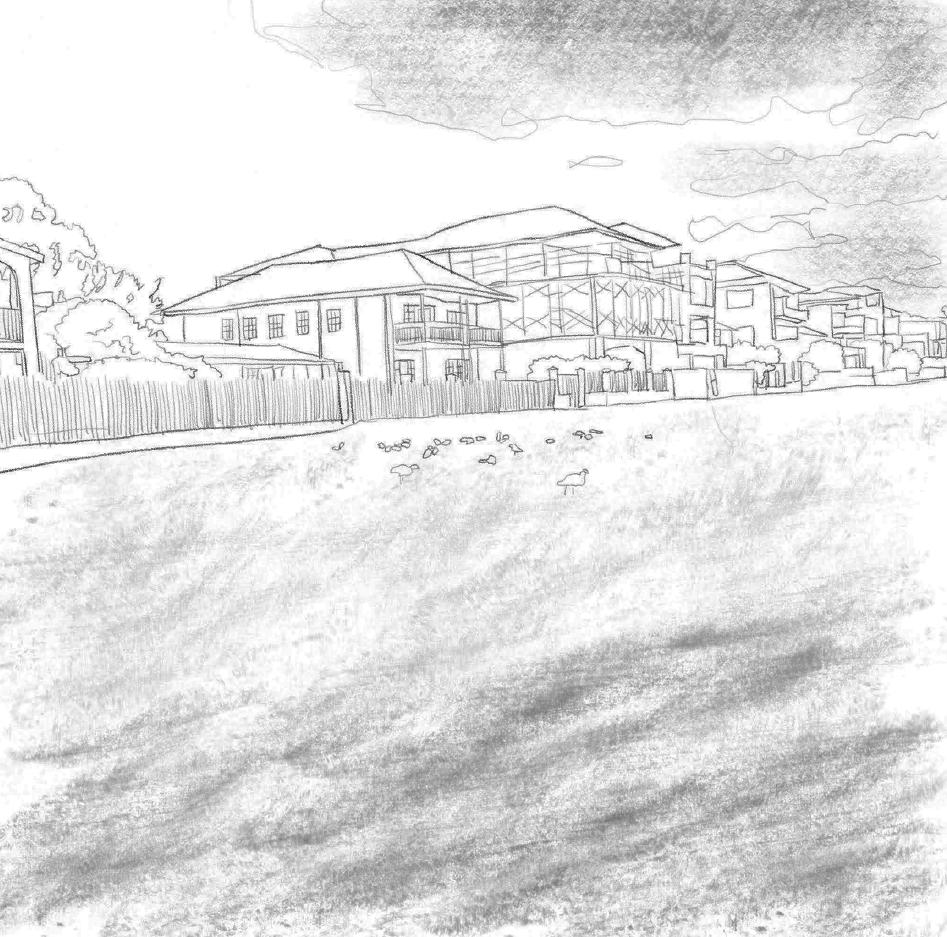
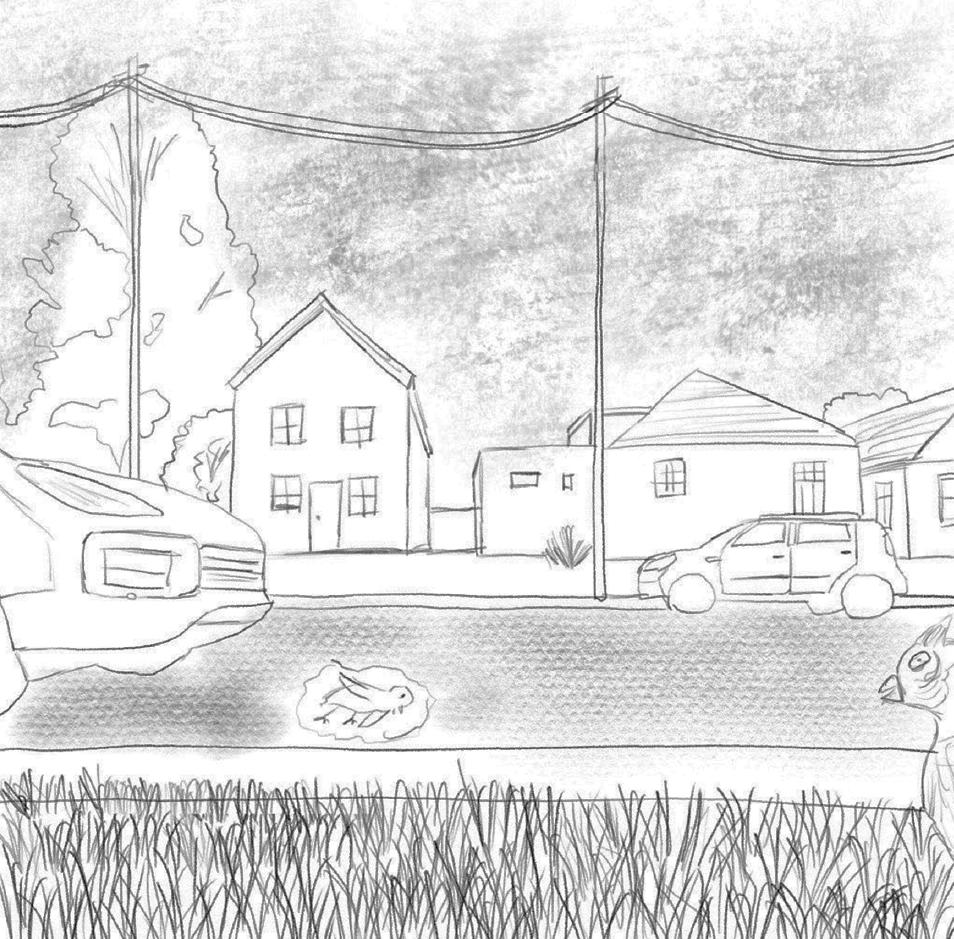 Degraded Jirdarup Bushland
Dangerous Suburban Transition
Low Biodiveristy Lawn at the Derbarl Yerrigan
Jirdarup Bushland - Derbarl Yerrigan Walk
Degraded Jirdarup Bushland
Dangerous Suburban Transition
Low Biodiveristy Lawn at the Derbarl Yerrigan
Jirdarup Bushland - Derbarl Yerrigan Walk

The Suburban Shingleback Tiliqua rugosa - Life Cycle
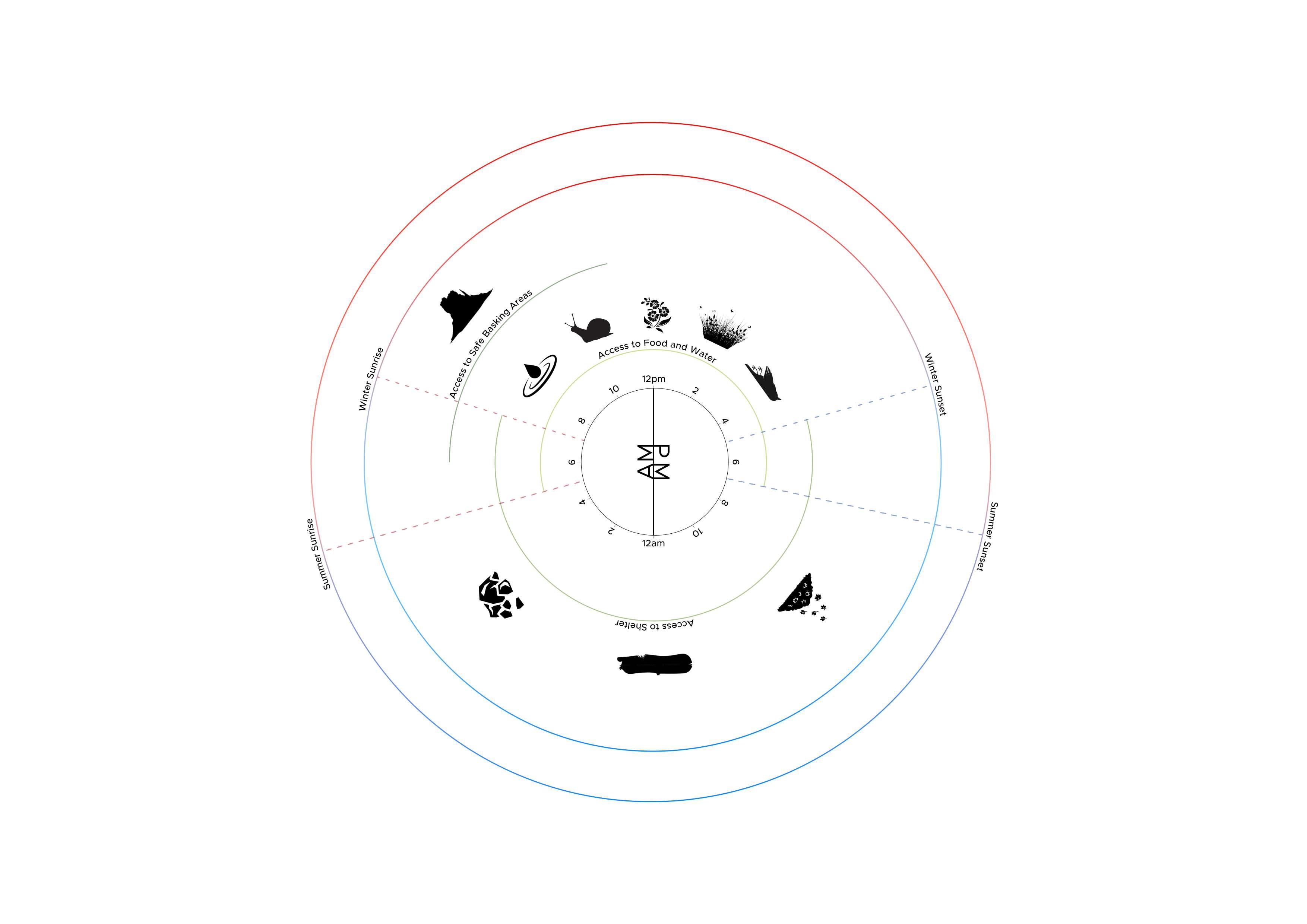
The Suburban Shingleback Tiliqua rugosa - Daily Activities and Needs
Common Name: Singleback Lizard, Bobtail, Shingleback
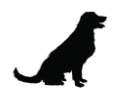
Noongar Name: Yoorn
Length: 35-40cm
Height: 3-5cm
Weight: 600-900g

Life Span: 15-30 years

Diet: Omnivore
Population Status: Least Concern
Suburban Shingleback

Snails and Insects
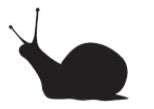
Brown Falcon
Jirdarup Bushland and Shoreline
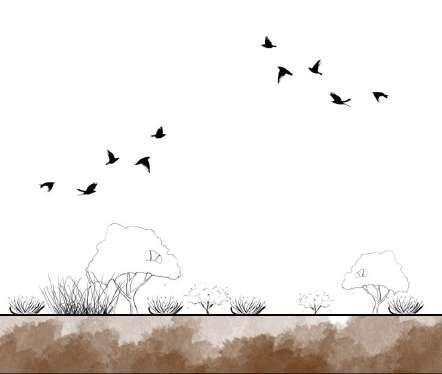
Flowers (Special liking to yellow)
Kookaburras
Domestic and Wild Dogs
Suburban Backyards and Off-Leash Dog Areas
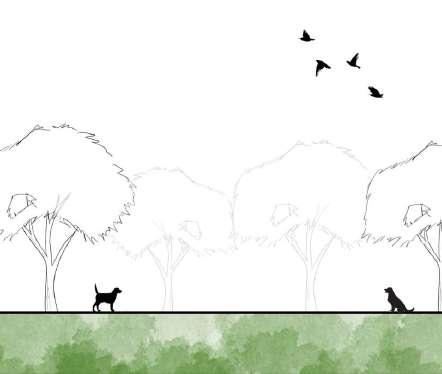
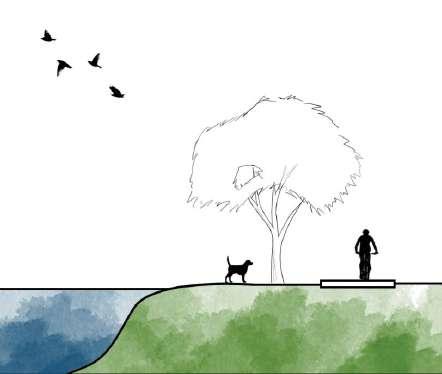
Domestic and Wild Cats


Suburban Backyards
Vehicles

Vegetation Bicycles

Carrion (Dead Animals)

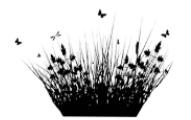


Jirdarup Bushland, Suburban Area and Shoreline
Vehicular Roads
Vehicular Roads and Pedestrian Walkways
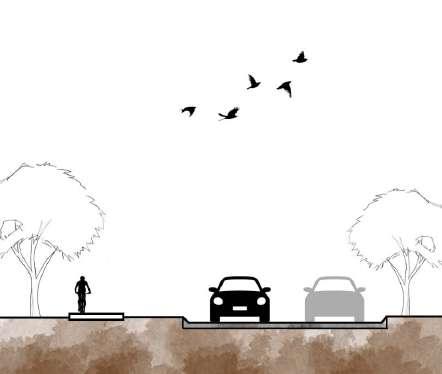
Vasse
Derbarl Yerrigan Suburb
Sir James Mitchell Park
Morris Mundy Reserve
Scale
Kensington/Jirdarup Bushland Suburb Suburb
1:7500
Spearwood Pale
Pale Olive Yellow Sand Very Light Grey Sand Bassendean Groundwater Depth Distribution Information
Cross-Site Section - 1:7500 @A2 Mid-Dark Gray Clay
Grey-White Sand
Food Natural Predators Introduced Threats
Common Bobtail Habitat areas and their threats in Town of Victoria Park
Tiliqua rugosa / Bobtail / Shingleback / Yoorn - Information and Habitat Typologies
Sir James Mitchell Park Roads and Pavements Suburban Park Suburban Backyard Jirdarup Bushland
The
Soil Types
Mid to Dark Grey Clay, Saturated Pale Grey to White Sand, Medium Grain
Pale Olive Yellow Sand, Medium-Coarse Very Light Grey Sand, Fine-Medium Grained
Vegetation Types
Vasse System
Bassendean System
Spearwood System
The site is 10% Vasse, 40% Spearwood and 50% Bassendean systems.
Pre-European Vegetation
Jarrah, Banksia and Casuarina
Jarrah, Marri and Wandoo
The site is 35% Jarrah, Banksia and Casuarina and 65% Jarrah, Marri and Wandoo.
Topography and Groundwater
5m Contour Lines
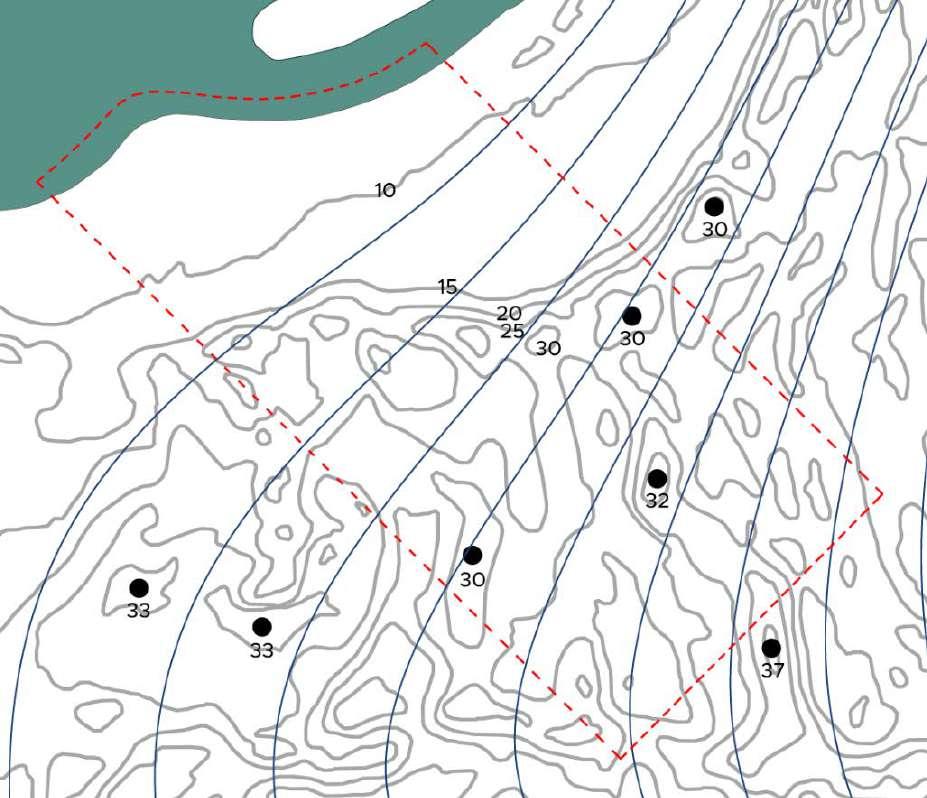
Land Use
Educational High Points
Green Spaces
1m Groundwater Contours Commercial
The site is hilly with the lowest point being the Swan River and the highest points are scattered around the suburb.


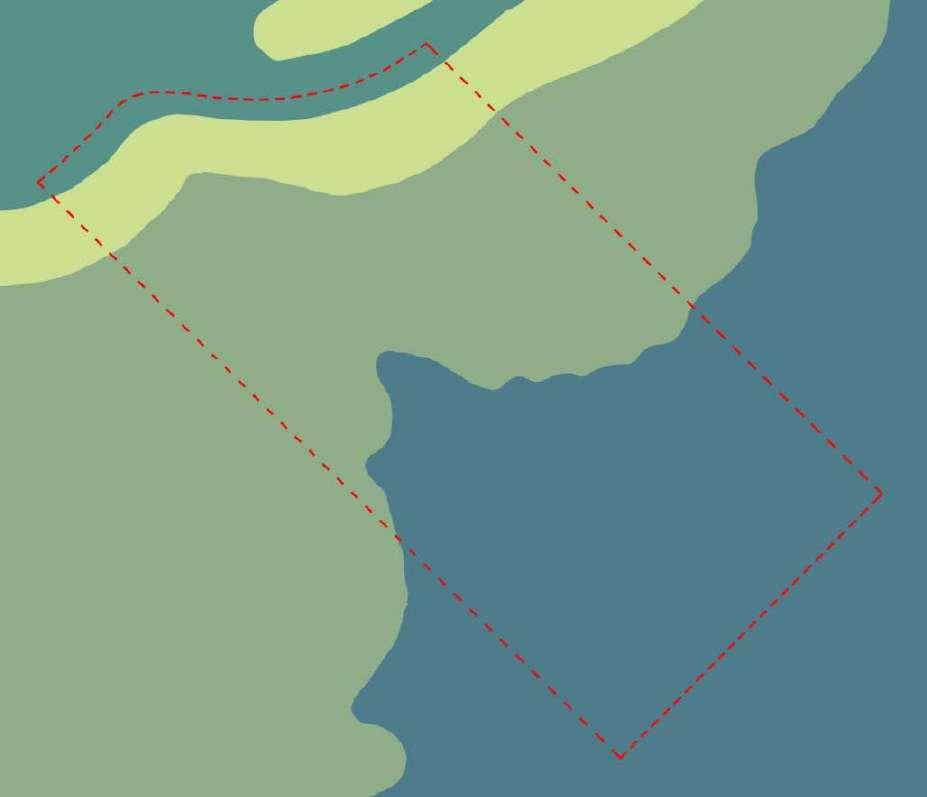
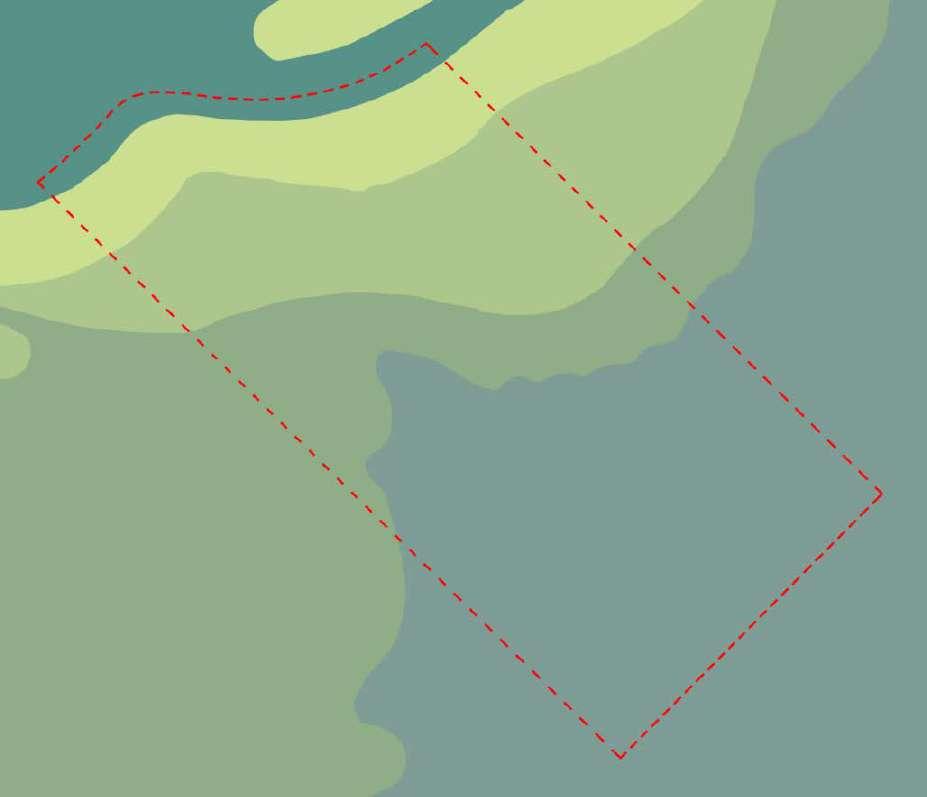
The Suburban Shingleback
Suburban Areas
The site is dominated by suburbs with several green spaces and educational institutions.
Analysis - General Information
Site












Canopy Coverage Small Roads Verges Remnant Vegetation Medium Roads Off-leash Dog Areas Low Biodiversity Lawn Large Roads Water Sources Suburban Backyards Tiliqua rugosa Sightings Tiliqua rugosa Natural Predator Sightings The Suburban Shingleback Site Analysis - Tiliqua rugosa Specific Information
The site has numerous large off-leash dog areas and surburban backyards. These areas are hostile places for the Bobtails as they host dogs and cats that are non-native threats to them.
The barren roadside verges provide no food and shelter for Bobtails exposing them to predators while providing little value.
The sources of water scattered around the site are deep and pose a threat to the Bobtails as they are unable to swim and may drown in them while looking for water.
Natural predators such as the Kookaburra and Falcons have been sighted in the bushland and along the Swan River’s shore.
One of the biggest issues Bobtails face is the risk of getting roadkilled by vehicles while basking on roads. The site is full of roads, limiting the Bobtails’ movements around the area.
Legend
Off-Leash Dog Areas
Suburban Backyards
Water Sources
Verges
Predator Sightings
Tiliqua rugosa Sightings
Large Roads
Medium Roads
Small Roads

The Suburban Shingleback Site Analysis - Constraints
The site has a large area of vegetation that provide habitats for the Bobtail.
Sources of water include private swimming pools, Derbal Yerrigan and a couple of lakes along the shore. These are abundant sources of water and fairly accessible for the Bobtails.
There are also numerous lots of unimproved land and backyards that could be improved as an ecological corridor to provide habitats and food for the Bobtails.

Bobtails have been sighted at Jirdarup bushland, several surburban backyards and roadside verges.
The Suburban Shingleback
Site Analysis - Strengths
Legend
Low Biodiversity Lawn Area
Canopy Coverage
Remnant Vegetation
Water Sources
Verges
Unimproved Land Tiliqua rugosa Sightings
Suburban Backyards
The Bobtails movement range is around 250 meters. They tend to stay around the same area and move around to forage or meet their mates. There are multiple high quality habitats that support the Bobtail entirely are around the site but none of them are connected. Most of the low quality habitats which include lawn and verges are devoid of shelter and resources.
These habitats are seperated by roads and suburban houses.

The Suburban Shingleback
Site Analysis - Habitat Quality and Movement
Legend
Low Quality Habitats
High Quality Habitats
Water Sources
Verges
Unimproved Land
Suburban Backyards
Tiliqua rugosa Sightings
Predator Sightings
Tiliqua rugosa Movement Range
Predation
-Kookaburras
-Brown Falcons
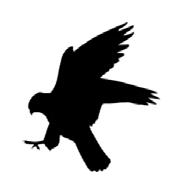
-Snakes
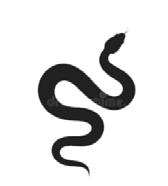
Bobtails are vulnerable to predation to natural predators such as snakes, Kookaburras and Falcons. The site has many low quality habitats that provide little shelter from these predators.
Introduced Threats
-Vehicles

-Bicycles

-Cats and Dogs

Bobtails are slow creatures that are not able to get out of the way of cars and bicycles while they are basking on roads and pavements. They are also vulnerable to predation by dogs and cats that live in the suburbs. The Bobtails are also vulnerable to poaching.
Lack of Resources
-Low Quality Habitats
-Contaminated Sites






-Dangerous Water Sources
The site has lost large areas of vegetation due to urbanisation and development. There are also multiple contaminated sites and unimproved land in the area. These provide little resources and shelter for the Bobtails. Water sources include the Swan RIver, Suburban Swimming Pools and deep lakes by the shore. These water sources pose a threat to the Bobtails as they are unable to swim and will drown if they fall into them.


The
The Problems
Suburban Shingleback
Safe Basking and Shelter from Threats
Bobtails are cold blooded reptiles that need access to warm basking areas to regulate their body temperature. Currently, the most significant cause of mortality to the Bobtails is due to roadkill as roads are a common basking area.
There is an opportunity to provide safe basking areas for the Bobtails with heat absorbing materials with access to sunlight.
Shelter from Threats and Access to Resources

As the site is located in a suburban area, there is the presence of threats such as falcons, snakes, domestic dogs and cats that harm the Bobtails out of fun or to eat. Young Bobtails are especially vulnerable to these threats.

It may be beneficial to create safe spaces for both adult and young bobtails to take shelter from these threats and gain access to safe water and food
Increasing Human Awareness



The Bobtail is a creature that is adored by people, however, the populace is unaware of the dangers and challenges that the Bobtail face.

There is an opportunity to generate human empathy and educate them about how they can help these little critters out.
Providing Safety.
-Addition of sub-surface tunnels for crossing roads. -Addition of rocks, logs and burrows for shelter.


-Converting backyards into Bobtail friendly habitats.

Improving the habitat quality of low quality areas and Connecting patches of high quality habitats.
-Improving planting in low quality habitat areas. -Addition of shallow water sources.
-Reducing off-leash dog areas in high quality habitat areas.

Generating human empathy through educational trails and Bobtail themed structures.
-Providing a educational and habitat connection from the Jirdarup Bushland to the Swan River.

-Construction of Bobtail sculptures along trails.

The
Shingleback Design Principles and Solutions
Suburban
The overall strategy of the design is to create an ecological connection from the Jirdarup Bushland to the Derbarl Yerrigan for the Bobtail, connecting the 2 high quality habitats. Key moves include:

1. Reduction of off-leash dog areas.
2. Enhancing low quality habitats to high quality habitats.
3. Connecting high quality habitats.
4. Enhancement of backyards for Bobtails.
The Educational BobTrail travels around the site and stop at Points of Interests at several educational institutions where students can learn about Bobtails.
The connection from Jirdarup Bushland to Derbarl Yerrigan goes in a straight line for the fastest route possible for Bobtails through repurposed private backyards, hence the name Shingleback-Yard Trail.
The Planting Strategy for the site will depend on the vegetation systems present. Plant species are selected according to the below conditions:
1. Flowering colors of a range from yellow-red year round for Bobtail feeding.
2. Plants suited for the various vegetation systems.
3. Range of plant species with different habits and heights.
The Suburban Shingleback
Legend
Strategy 1: Backyard Enhancements
Strategy 2: Shingleback-Yard Trail
Strategy 3: BobTrail
BobTrail Points of Interest

High Quality Habitats
Reduced Off-leash Dog Areas
Ecological Connection
0m 1m 5m Scale 1:7500 @A2 10m
Overall, Shingleback Educational Trail and Backyard Trail Strategy
One of the places that serve as habitats and travelling routes for the Bobtails is the backyards of suburban houses. However, these backyards are full of threats to the Bobtails such as cats, dogs, deep water and lack of resources.
These are several but not limited to recommended backyard enhancements to help increase the amount of high quality habitats.
1. Reducing Lawn Area.




2. Native Planting to provide habitats and resources.

3. Openings between fences to allow Bobtails to travel through.
4. Removal of deep water sources that pose threat to Bobtails
5. Continuous connection along backyards for Bobtail travel.

 Variant 1: High Bobtail-Human Environment Ratio
Variant 2: Equal Bobtail-Human Environment Ratio
Variant 1: High Bobtail-Human Environment Ratio
Variant 2: Equal Bobtail-Human Environment Ratio
Before After The Suburban Shingleback Strategy 1 (Small) - Recommended Backyard Enhancements
Variant 3: Low Bobtail-Human Environment Ratio
Original Backyard with Low Quality Habitat

The current backyards are devoid of vegetation and lack shelter and resources for bobtails. These area are low quality and provide no value to the Bobtails.

Conversion to High Quality Habitat

The first iteration of the strategy is to repurpose a part of private backyards and add native planting to help create high quality habitats for Bobtails.
Addition of Human Access

The second iteration is to add more depth to the design and allow human access into the space. Removing the fences allow people into the space and enables them to interact with nature and the Bobtails.

Addition of Human Oriented Spaces
The final iteration of the strategy gives back part of the repurposed backyards to the original owners and public. The spaces provided allow the original owners to use them for recreational activities such as picnics, barbequing, etc. Some of these spaces are also part of the educational trail that has signage for people to learn from.
The Suburban Shingleback Strategy 2 (Medium) - The Shingleback-Yard Trail
Initial Concept of the Educational Trail



The narrative of the trail follows the trait of Bobtails where they are monogamous and find their partner at certain time of year to mate before splitting up and meeting again the next year. This behaviour is not seen in many other species of animals. The trail follows the journey of the Bobtail and teaches people about their habits and challenges faced.
The trail expands into Points of Interests at certain points which features sculptures of Bobtails.
The Points of Interest chosen are the Department of Water and Conservation Services Facility, Kensington Primary, Secondary and High School as they are educational spaces and are opportunities for enhancement.
The trail features several design elements along the trail based on various factors to maintain user interest.
Path Materials - A resin path according to the soil types of the area
Trail Planting - Planting Based on the Vegetation System of the area
Decorations on Path and along Trail - Path imprints based on season of Bobtails journey
Educational Information along Trail - Bobtail habits and information based on season of Bobtail’s Journey
Sculptures - Based on Points of Interest
The Suburban Shingleback Strategy 3 (Large) - A Tale of 2 Shinglebacks
Schematic Diagram Trail Design Elements
The chosen masterplan area shows the main features of the design:


-The connection from the Jirdarup Bushland to the Derbarl Yerrigan through the Shingleback-Yard.
-The enhanced private backyards for higher quality Bobtail habitats.

-The Educational Bobtrail and one of the Points of Interest.

Focus Area 1
Schematic Diagram
0m 10m 50m Scale 1:1000 @A2 100m Legend Bobtrail PoI ShinglebackYard Trail Enhanced Private Backyards Focus Areas Existing Trees The Suburban Shingleback 1 1 2 2 3 3
Masterplan Focus Area 2
The Suburban Shingleback
This area features a portion of the Shingleback-Yard Trail.
The main design aspects of this area are the:

-Revegetation of the repurposed private backyards.

-Part of the BobTrail coming through the Shingleback-Yard paved with timber railway sleepers.
-A communal deck that serves as a recreational space with BBQ pits, sheltered seating and educational signs.
-Private decks for personal use.
-Boardwalks to cross from one side to another.
-A hammock for resting at while enjoying the planting.
-Several diferent fencing variants.
-Stepped seating
Materials Palette
Jarrah Timber Steel Grate


Timber Railway Sleepers Concrete


Communal Deck
Personal Deck (Timber)
Personal Deck (Steel Grate)
Timber Boardwalk
Human Corridor
Bobtail Corridor
Sheltered Seating Open Backyard Variant
Non-Intervened Backyard Variant
Enhanced Backyard w/ Door Variant
Enhanced Backyard w/ Open Fence Variant
0m 1m 5m
Legend
10m
Scale 1:100 @A2
A A B B 28 + 27.1 + 27.0 28.0 27.0 28.0 The Suburban Shingleback Focus Area 1 - Shingleback-Yard 1 1 2 2 3 3 4 4 6 6 9 9 5 5 8 8 7 7 10 10
 Bobtrail with Educational Fence and Signage and Sheltered Seating
Bobtail Corridor
Enhanced Private Backyard
Bobtrail with Educational Fence and Signage and Sheltered Seating
Bobtail Corridor
Enhanced Private Backyard
The Suburban Shingleback Focus Area 1 - Section
Private Backyard
Section AA - 1:100 @A2
 BobTrail
BobTrail
The Suburban Shingleback Focus Area 1 - Section
Stepped Seating Bobtrail with Educational Fence, Signage and Sheltered Seating Section BB - 1:100 @A2

 The perspective of a Bobtail safely enjoying a bask on a rock in its new travelling route before continuing on to Derbarl Yerrigan to meet its partner.
The perspective of a Bobtail safely enjoying a bask on a rock in its new travelling route before continuing on to Derbarl Yerrigan to meet its partner.
The Suburban Shingleback Focus Area 1 - Perspectives - Bobtail VS Human Corridor
The perspective of a Human enjoying the native planting along the human corridor paved with recycled timber railway sleepers in the Shingleback-Yard Trail.

 A view from a boardwalk which provides users a view of the Bobtail’s corridor from above without interfering with them.
A view from a boardwalk which provides users a view of the Bobtail’s corridor from above without interfering with them.
The Suburban Shingleback Focus Area 1 - Perspectives
A view of the surrounding residents utilising the communal space for a barbecue, resting in nature and learning about Bobtails.
This area features the start of the connection from the Jirdarup Bushland to the Derbarl Yerrigan.
The main design aspects of this area are the:



-Revegetation of the space between the Kensington Secondary School and the Kensington Fire Station.

-The Educational Trail that connects to the Fire Station.
-A viewing platform that provides a vista of the Jirdarup Bushland and an educational space for students.
-Seating areas around the school oval that provide a resting space for students.

-A ramp that connects the school to the educational trail along the fire station.

The Suburban Shingleback Focus Area 2 - Kensington Secondary School Shingleback Garden 0m 2m 10m Scale 1:200 @A2 20m Legend Bushland Viewing Platform Bobtail Corridor School Oval Sheltered Seating Areas Ramp Jirdarup Bushland BobTrail 1 1 2 2 3 3 4 4 6 6 5 5 7 7
D C C D 25.0 27.026.0 28.0 28.0 + 26.0 + 28.0 + 27.2 + Jarrah
Timber Railway Sleepers Concrete Resin Gravel Path
Timber
Materials Palette
 Sheltered Seating Decorated Resin Bobtrail Path Kensington Fire Station Building
Wheelchair Accessible Ramp
Jirdarup Bushland to Shingleback-Yard Connection
Sheltered Seating Decorated Resin Bobtrail Path Kensington Fire Station Building
Wheelchair Accessible Ramp
Jirdarup Bushland to Shingleback-Yard Connection
The Suburban Shingleback Focus Area 2 - Section
Sheltered Seating
Section CC - 1:100 @A2
 Sheltered Seating Path around School Oval Mother and Young Bobtail Sculpture
Sheltered Seating Path around School Oval Mother and Young Bobtail Sculpture
The Suburban Shingleback Focus Area 2 - Section
Viewing Platform with Educational Signs
Section DD - 1:100 @A2


The Suburban Shingleback Focus Area 2 - Perspectives
An unobstructed view of the Jirdarup Bushland from the bushland viewing platform.
A view of the utilised bushland viewing platform and sculpture of a mother bobtail and its young in its famous blue tongue sticking out pose at the Kensington Secondary School Bobtrail Point of Interest.
Legend
This is a section of the BobTrail along the road.
BobTrail Design Elements
Path Materials - A resin path containing medium corresponding to the soil types of the area. (Yellow Sand, Grey Sand, Clay) Trail Planting - Planting Based on the Vegetation System of the area. (Vasse, Spearwood, Bassendean) Decorations on Path and along Trail - Path imprints based on season of Bobtails journey (6 Noongar Seasons). This will be done with consultation with aboriginal elders and communities.
Educational Information along Trail - Bobtail habits and information based on season of Bobtail’s Journey Sculptures - Male Bobtail at Department of Water and Environmental Conservation, Female Bobtail at Kensington High School, Male and Female Bobtails at Kensington Primary School, Female Bobtail and young at Kensington Secondary School, Small Bobtails along the entire route to guide users.
Sheltered Seating Area
Mini Bobtail Sculpture
Bobtail Suitable Verge Planting
Educational Signs
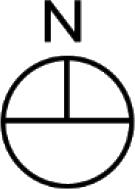
Seasonal Decorated Path
The Suburban Shingleback
-The pavement features decorations related to the Bobtails and the season corresponding to the trail.
-The verge planting is suitable for Bobtail habitats and helps provide shelter for the Bobtails.
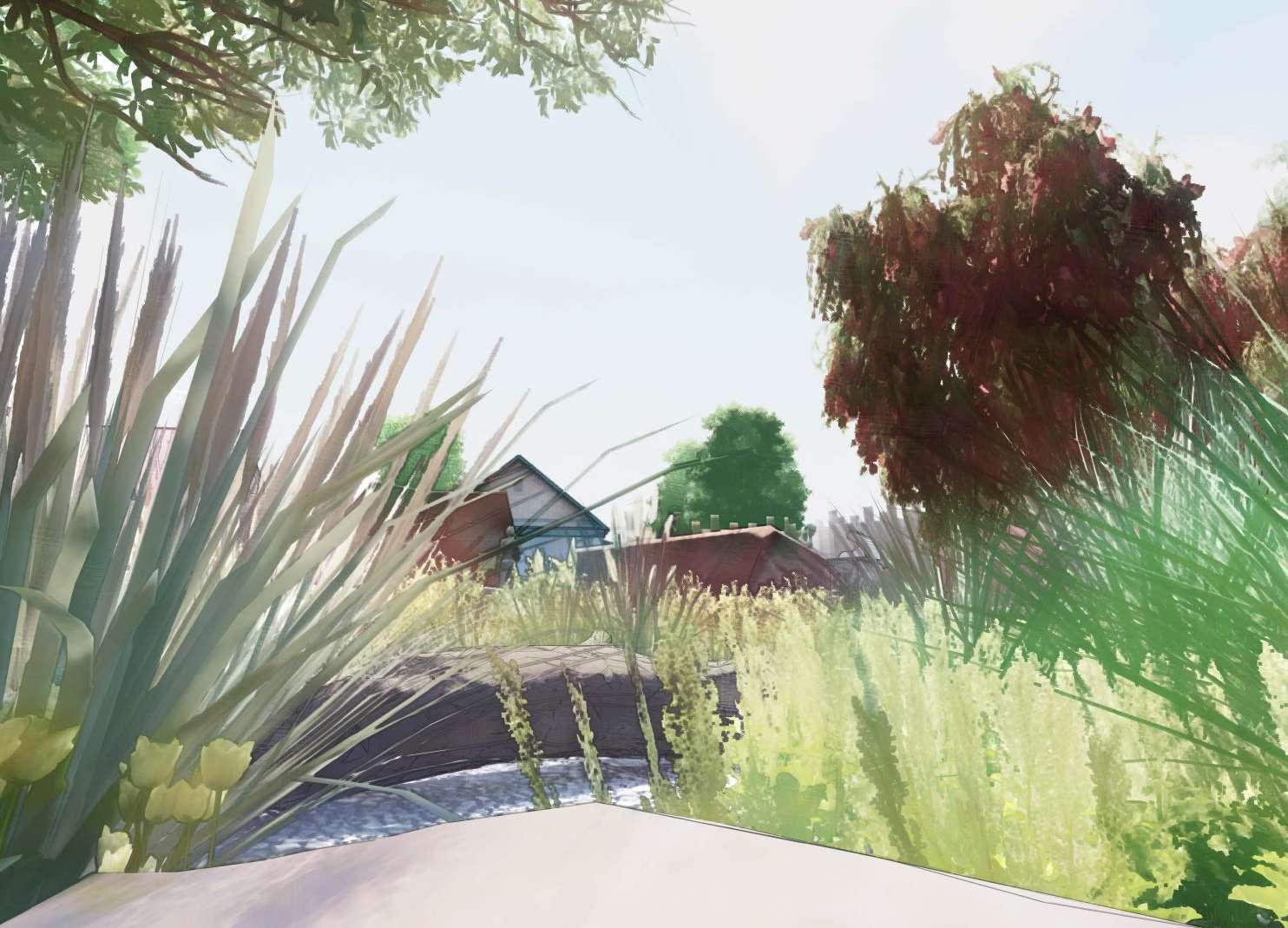
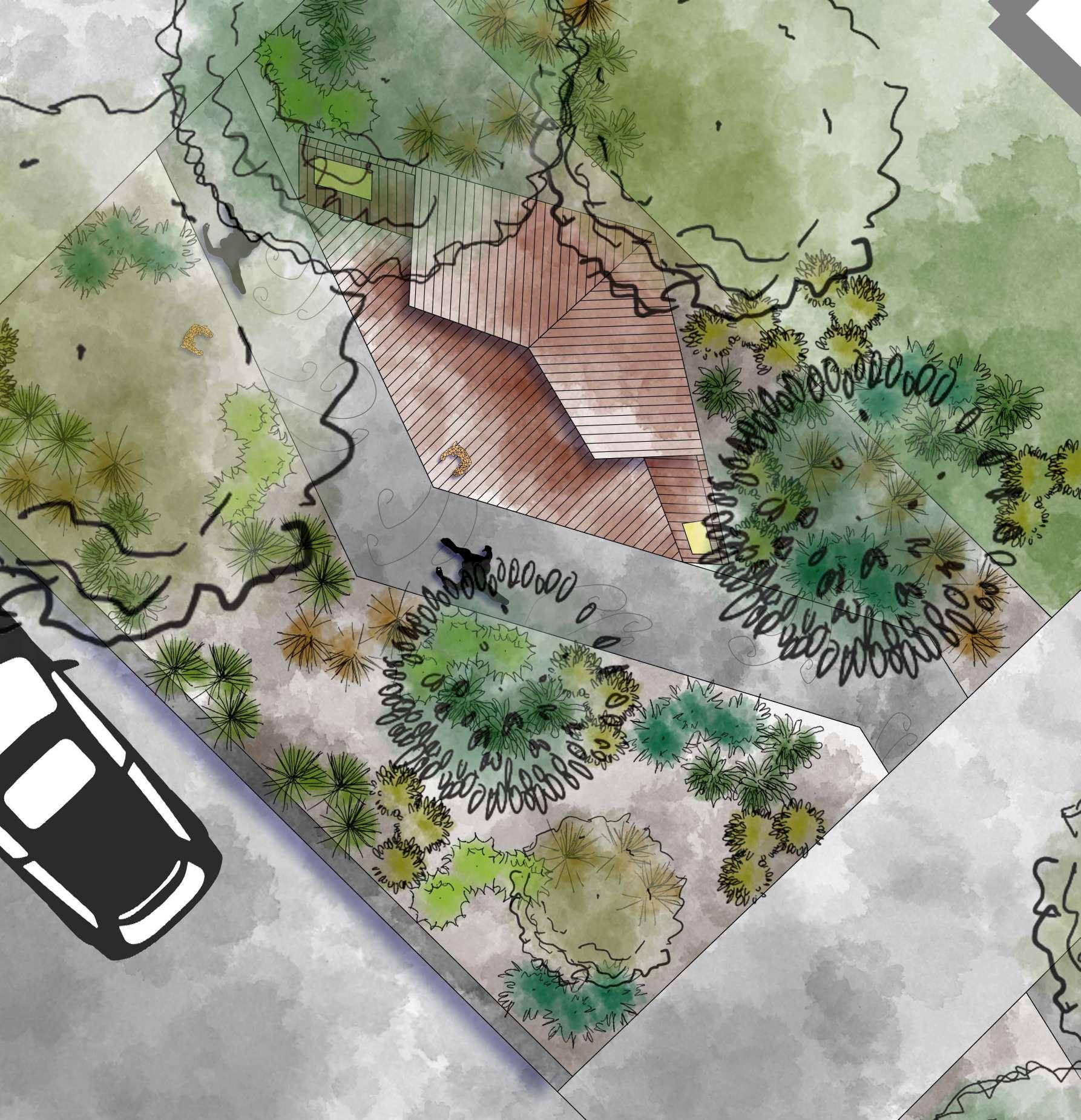
-The shelter also has eduactional signage for people to read and learn about Bobtails.
-The mini Bobtail sculpture helps inform users that they are travelling along the Bobtrail.
0m 0.5m 2.5m
Scale 1:50 @A2 5m
View of a revegetated roadside verge along the Bobtrail from a car. The sheltered seating along the Bobtrail contains information about the bobtails and has a mini bobtail sculpture to allow users to wayfind.
E E F F
Roadside Verge Bobtrail Plan and Information 1 1 2 2 3 3 4 4 5 5
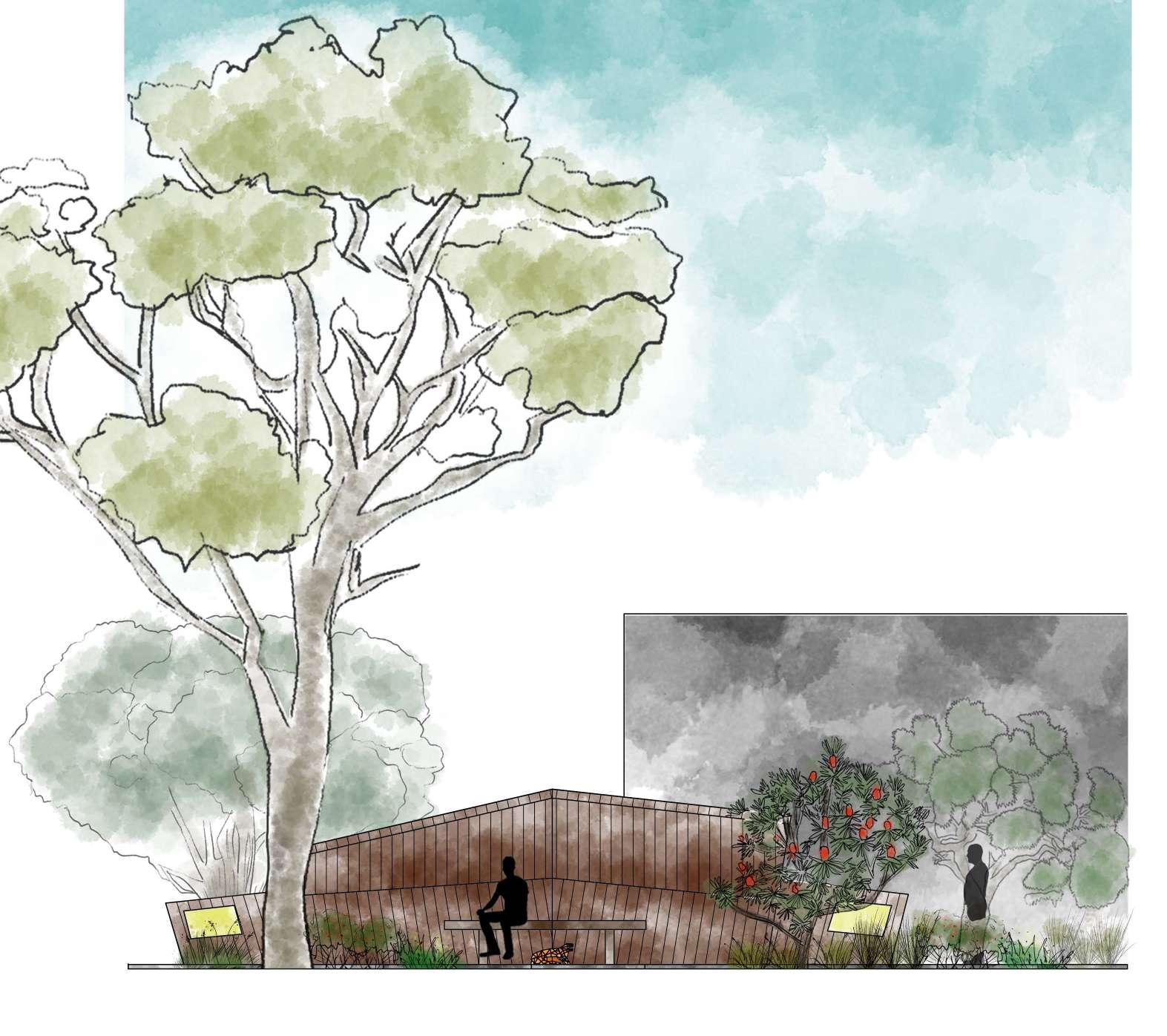

Path Path Verge Road Sheltered Seating and Educational Signs Sheltered Seating and Educational Signs Section EE - 1:200 @A2 Section FF - 1:200 @A2 The Suburban Shingleback Roadside Verge Bobtrail Sections
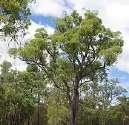

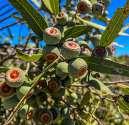
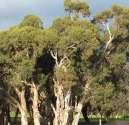
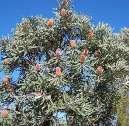
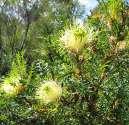


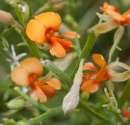
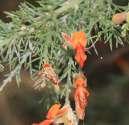

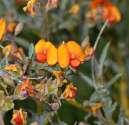
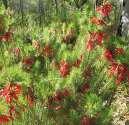

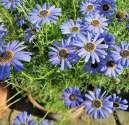
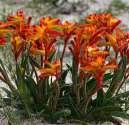
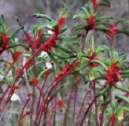
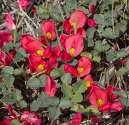
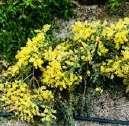

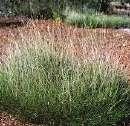
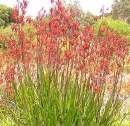


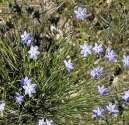
Birak (Dec-Jan) Bunuru (Feb-Mar) Djeran (Apr-May) Makuru (Jun-July) Djilba (Aug-Sep) Kambarang (Oct-Nov)
Tree Eucalyptus marginata 40m Malaleuca pressiana 10m Eucalyptus todtiana Melaleuca rhaphiophylla 15m 10m Banksia menziesii 1.3-7m Shrub Banksia armata 1m Banksia dellanayi 0.5m Gompholobium confertum Jacksonia sericea Jacksonia furcellata 1.2m 0.6m 4m Pultenaea reticulata Gastrolobium nervosum 3m 1m Calothamnus sanguineus 0.2-2m Melaleuca scabra 1.5m Groundcover Brachycome iberidifolia 0.4m Anigozanthos humilis 0.2m Anigozanthos manglesii 0.4m Kennedia prostrata 0.1m Acacia saligna Prostrate 0.3m Grass/Sedge Haemodrum spicatum 2m Neurachne alopecuroidea 0.5m Dielsia stenostachya 1m Patersonia occidentalis 0.8m Haemodrum laxum 1.4m Orthroxanthus laxus 0.5m
Planting Strategy - Bassendean Vegetation System
Flowering Period
The Suburban Shingleback
Points of Interest & Low Quality Habitat





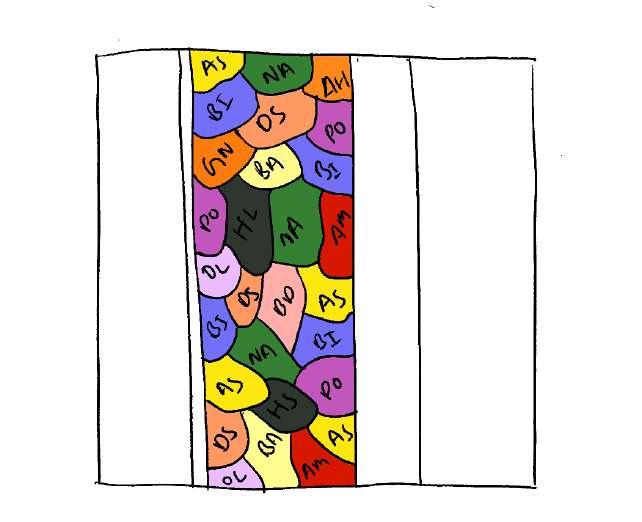

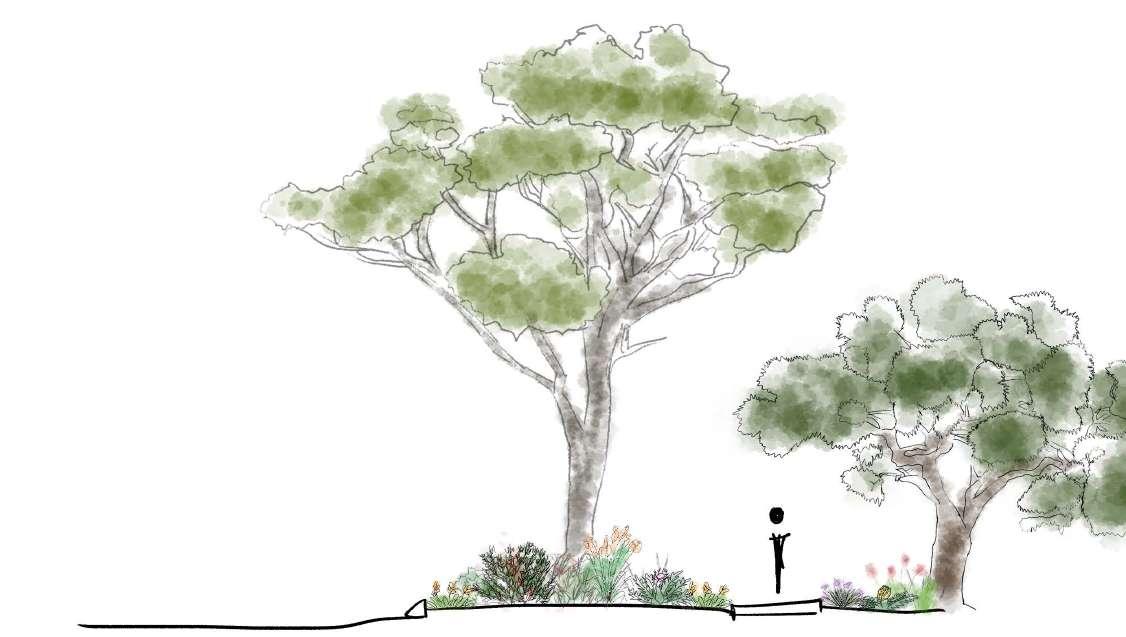



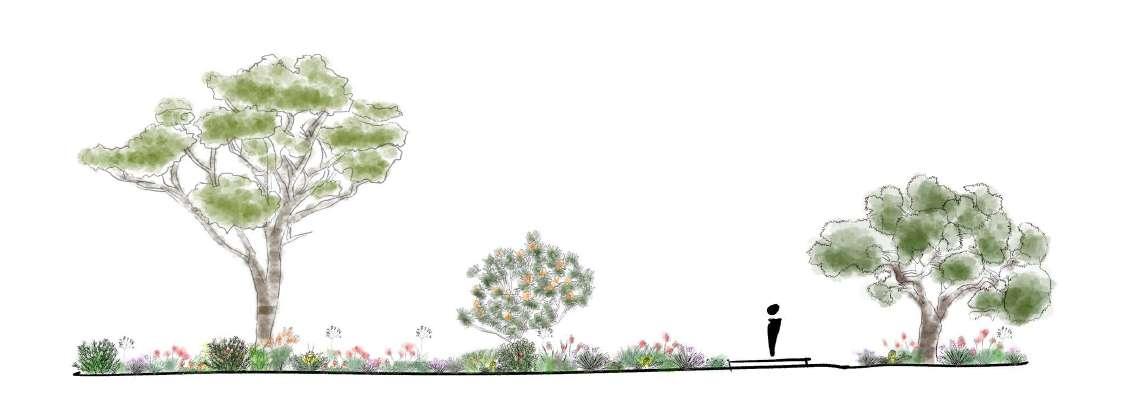
Years
Years
Planting
50
10
After
Shingleback-Yard Planting
The Suburban Shingleback
Roadside Verge Planting
Planting Plans and Sections - Bassendean Vegetation System
Revegetation
Human Corridor
Human Corridor
Verge Front Yard Front Yard Path Path Verge
Bobtail Corridor Bobtail Corridor Road Road
Flowering Period






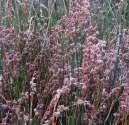


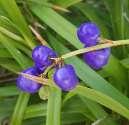







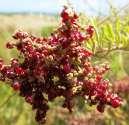


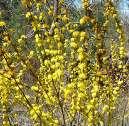






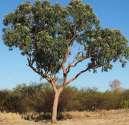
Corymbia calophylla 40m Malaleuca pressiana 10m Eucalyptus todtiana Allocasuarina fraseriana Eucalyptus decipiens 15m 15m 6m Banksia menziesii 1.3-7m Philotheca spicata 0.6m Acacia sessilis 0.5m Gompholobium confertum Jacksonia sericea Rhagodia baccata 1.2m 0.6m 0.5m Acacia cyclops Gastrolobium nervosum 3m 1m Allocasuarina humilis 0.2-2m Banksia prionotes Calothamnus quadrifidus 5m 2m Kennedia prostrata Haemodrum spicatum 2m Neurachne alopecuroidea 0.5m Dianella revoluta 1m Isolepis cernua 0.2m Patersonia occidentalis 0.8m Baumea vaginalis Villarsia albiflora 1.2m 1m Anigozanthos humilis 0.3m Anigozanthos manglesii 0.4m 0.1m Acacia saligna Prostrate 0.3m Dielsia stenostachya 1m The Suburban Shingleback Planting Strategy - Spearwood Vegetation System Birak (Dec-Jan) Bunuru (Feb-Mar) Djeran (Apr-May) Makuru (Jun-July) Djilba (Aug-Sep) Kambarang (Oct-Nov)
Tree Shrub Groundcover Grass/Sedge


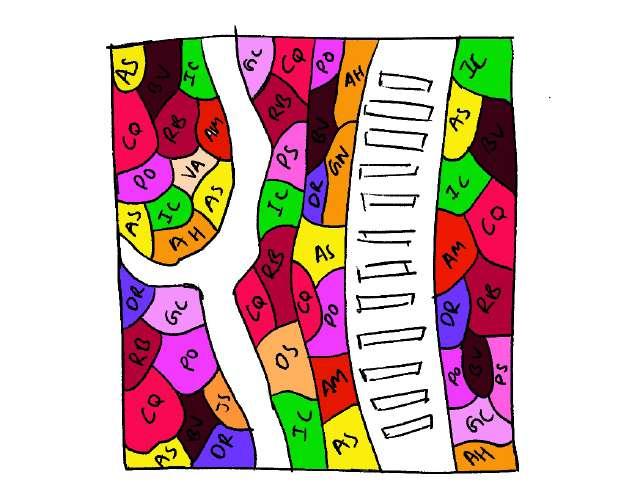


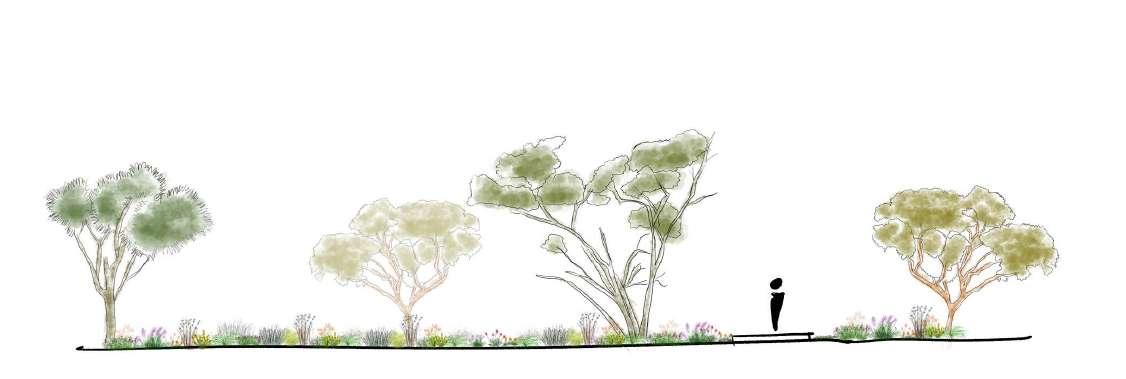






The Suburban Shingleback Planting Plans and Sections - Spearwood Vegetation System 50 Years 10 Years After Planting Shingleback-Yard Planting Roadside Verge Planting Points of Interest & Low Quality Habitat Revegetation Human Corridor Human Corridor Verge Front Yard Front Yard Path Path Verge
Road Road
Bobtail Corridor Bobtail Corridor





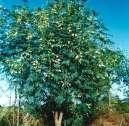
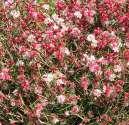
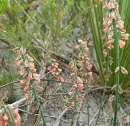


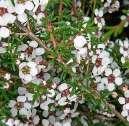



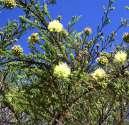

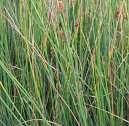

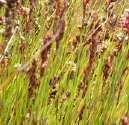


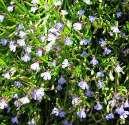
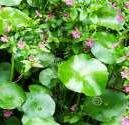



Corymbia calophylla 40m Eucalyptus gomphocephala 35m Agonis flexuosa Eucalyptus rudis Banksia littoralis 12m 35m 10m Paraserianthes lophanta 5m Hypocalymma angustifolium 1m Sphaerolobium medium 0.5m Myoporum caprarioides Regelia ciliata Astartea scoparia 1.5m 2m 1.5m Acacia pulchella Melaleuca lateritia 3m 2m Acacia extensa Kunzea glabrescens 2.5m 3m Centella asiatica Ficinia nodosa 1m Juncus pallidus 2m Cyperus gymnocaulos 1m Baumea juncea Villarsia albiflora 1m 1m Conostylis candicans 0.5m Lobelia alata 0.3m 0.05m Acacia saligna Prostrate Sarcocornia blackiana (Wet Areas) 0.3m 0.5m Jacksonia furcellata 4m The Suburban Shingleback Planting Strategy - Vasse Vegetation System Birak (Dec-Jan) Bunuru (Feb-Mar) Djeran (Apr-May) Makuru (Jun-July) Djilba (Aug-Sep) Kambarang (Oct-Nov) Flowering Period Tree Shrub Groundcover Grass/Sedge
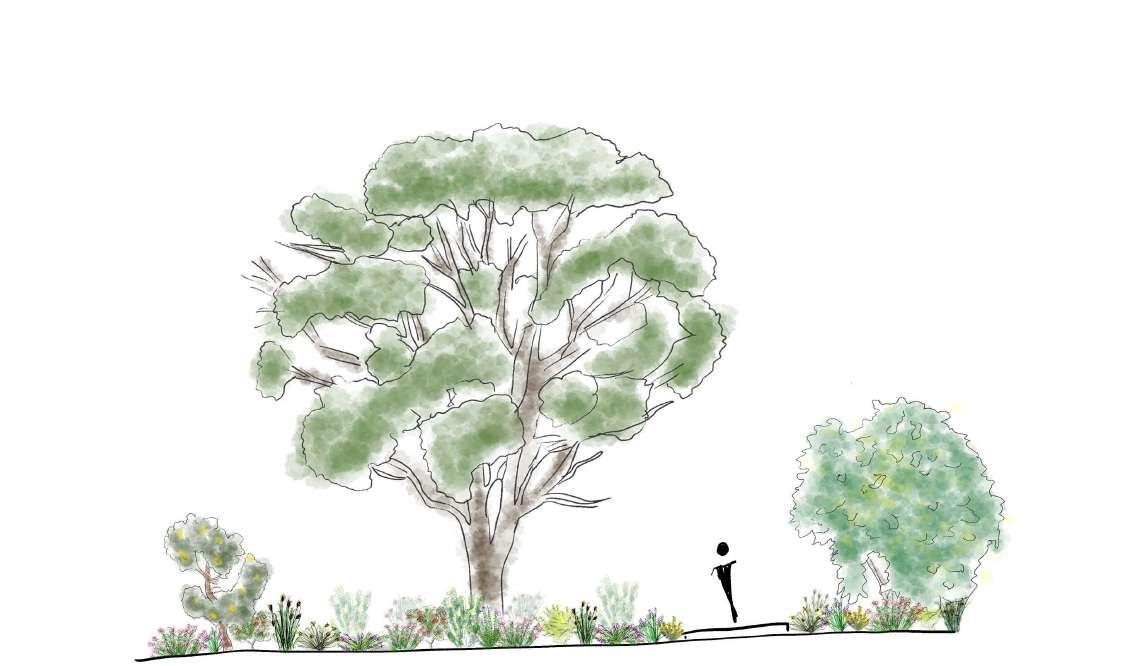


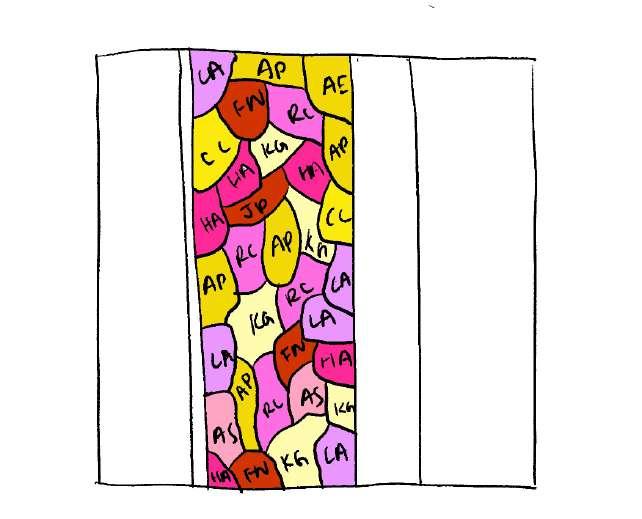








The Suburban Shingleback Planting Plans and Sections - Vasse Vegetation System Shingleback-Yard Planting Roadside Verge Planting 50 Years 10 Years After Planting Points of Interest & Low Quality Habitat Revegetation Human Corridor Human Corridor Verge Front Yard Front Yard Path Path Verge Bobtail
Road Road
Corridor Bobtail Corridor







 Degraded Jirdarup Bushland
Dangerous Suburban Transition
Low Biodiveristy Lawn at the Derbarl Yerrigan
Jirdarup Bushland - Derbarl Yerrigan Walk
Degraded Jirdarup Bushland
Dangerous Suburban Transition
Low Biodiveristy Lawn at the Derbarl Yerrigan
Jirdarup Bushland - Derbarl Yerrigan Walk































































 Variant 1: High Bobtail-Human Environment Ratio
Variant 2: Equal Bobtail-Human Environment Ratio
Variant 1: High Bobtail-Human Environment Ratio
Variant 2: Equal Bobtail-Human Environment Ratio
















 Bobtrail with Educational Fence and Signage and Sheltered Seating
Bobtail Corridor
Enhanced Private Backyard
Bobtrail with Educational Fence and Signage and Sheltered Seating
Bobtail Corridor
Enhanced Private Backyard
 BobTrail
BobTrail

 The perspective of a Bobtail safely enjoying a bask on a rock in its new travelling route before continuing on to Derbarl Yerrigan to meet its partner.
The perspective of a Bobtail safely enjoying a bask on a rock in its new travelling route before continuing on to Derbarl Yerrigan to meet its partner.

 A view from a boardwalk which provides users a view of the Bobtail’s corridor from above without interfering with them.
A view from a boardwalk which provides users a view of the Bobtail’s corridor from above without interfering with them.


 Sheltered Seating Decorated Resin Bobtrail Path Kensington Fire Station Building
Wheelchair Accessible Ramp
Jirdarup Bushland to Shingleback-Yard Connection
Sheltered Seating Decorated Resin Bobtrail Path Kensington Fire Station Building
Wheelchair Accessible Ramp
Jirdarup Bushland to Shingleback-Yard Connection
 Sheltered Seating Path around School Oval Mother and Young Bobtail Sculpture
Sheltered Seating Path around School Oval Mother and Young Bobtail Sculpture



























































































